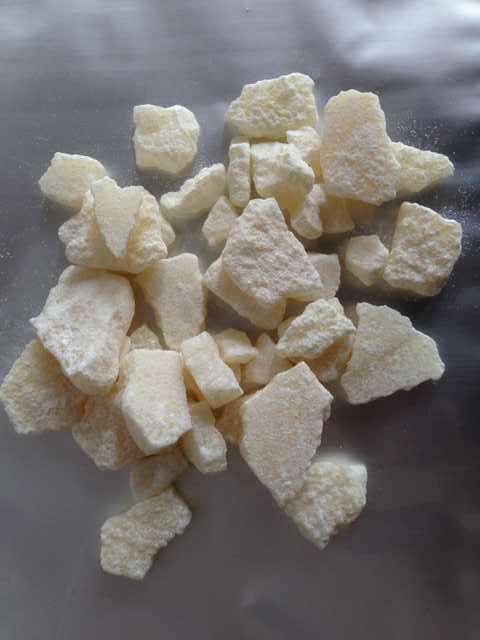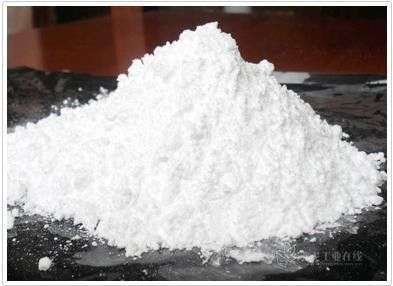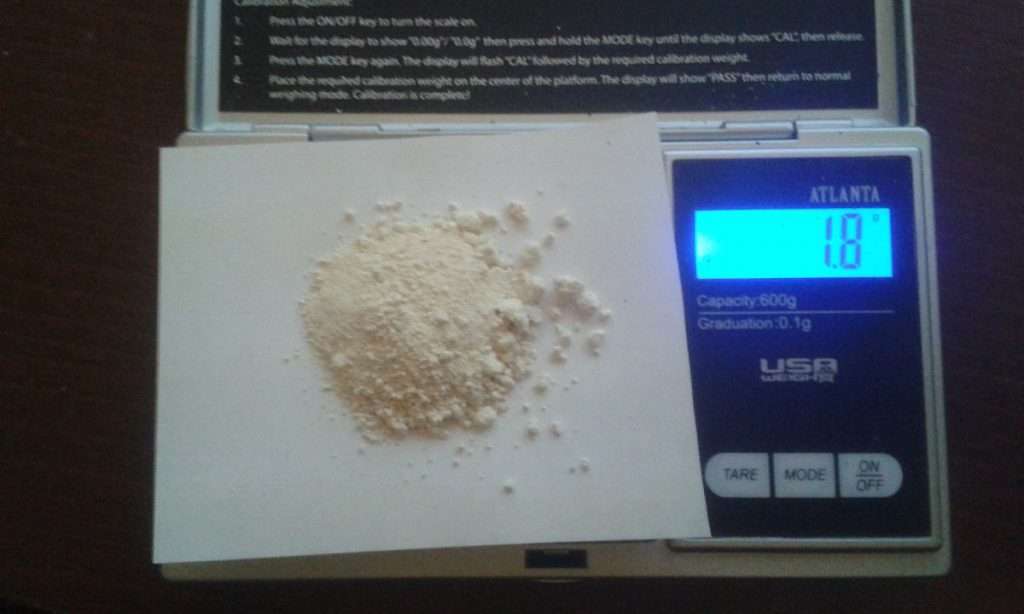
AB-FUBINACA is a designer medicine that works as a strong cannabinoid receptor agonist. Pfizer developed it as an analgesic drug in 2009, but it was never pursued for human usage.
Formula: C20H21FN4O2 Cas No: 1185282-01-2
-1H-indazole
-3-carboxamide.
The DEA classifies AB-FUBINACA as a Schedule I restricted substance. Schedule I substances have no currently acknowledged medical use in the United States, lack accepted safety for use under medical supervision, and have a significant potential for misuse.

AB-FUBINACA is a cannabinoid receptor agonist with Ki values of 0.9 nM at CB1 and 23.2 nM at CB2, and EC50 values of (1.8 nM at CB1 and 3.2 nM at CB2).
(N-[(1S)-1-(Aminocarbonyl)-2-methylpropyl]
To induce a quick onset of effects and rapid offset, -1-[(4-flinoids are widely smoked or vaporized. When dissolved in a lipid, AB-FUBINACA is orally active, which can considerably extend the duration. Despite this, it is water insoluble but dissolves in ethanol and lipids.
N-[AB-FUBINACA] or AB-FUBINACA (1S) -1-(Aminocarbonyl) -2-methylpropyl] -1-[(4-fluorophenyl)methyl] -1H-indazole -3-carboxamide is a synthetic indazole cannabinoid medication with an indazole core replacement. A 4- is a fluorophenyl group replacement. It binds to the indazole core, however, via a methyl group at R1. Regardless, indazole is a replacement containing a carboxamide group at R3. Carboxamide’s terminal amine forms a bond with a replacement propyl chain. They also have a methyl group at R2 and an aminocarbonyl group at R1.

Although this chemical is currently being studied, AB-FUBINACA is thought to have a comparable binding profile based on its structure. Nonetheless, it shares many of the in vivo features of 9-THC and is similar to other cannabinoids. AB-Fubinaca. AB-FUBINACA, like the chemicals in cannabis, demonstrates its entire range of actions through full agonism. The agonism affects both CB1 and CB2 cannabinoid receptors, with CB2 showing considerable selectivity. However, the role of these interactions and how they contribute to the cannabis high experience is still unknown. AB-Fubinaca.
Synthetic cannabinoids, unlike cannabis, are linked to several deaths as well as more serious side effects and toxicity in general. It was first created as an analgesic drug by Pfizer in 2009, but it was never pursued for human usage. This chemical was later revealed as a component in synthetic cannabis blends in Japan in 2012[2]. However, a comparable chemical called AB-PINACA is also popular on the market. AB-Fubinaca AB-Fubinaca .


